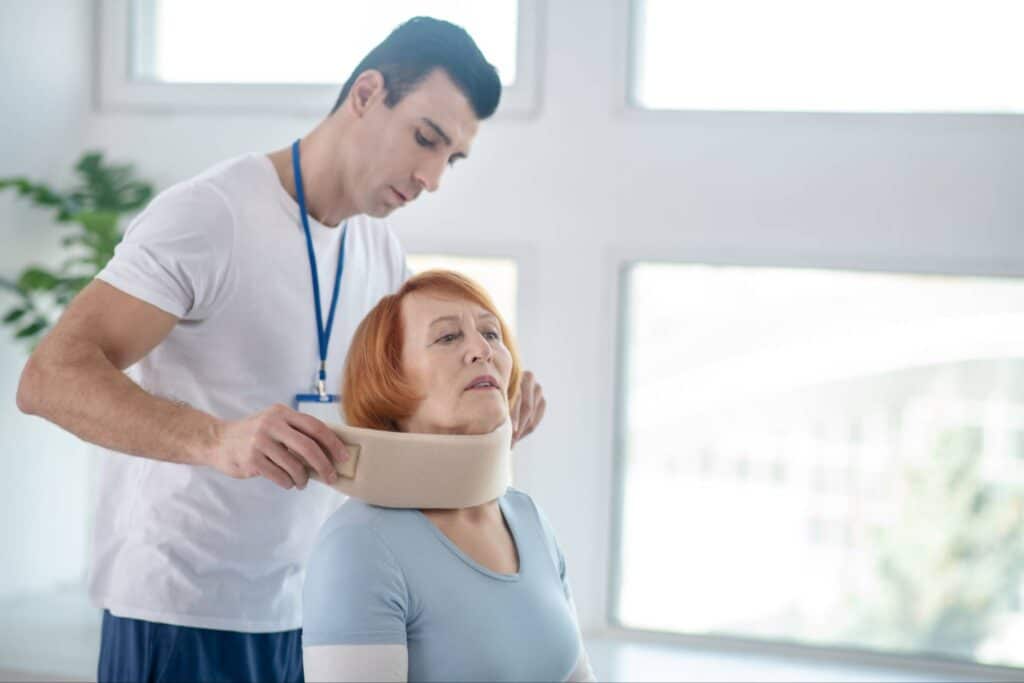Of all the parts of our bodies, fingers are some of the most vulnerable to injury. Most of our day we are using our hands for most every task. It starts with moving around our blankets to get up out of bed, and runs through food prep, eating, working, and brushing our teeth before we go to bed at night. During any part of our daily routine, our fingers could get bent, smashed, twisted, or injured in some other way. These injuries can be a bit confusing because the finger is such an intricate area of our body.
We may notice soreness on part of our finger or a bruise we hadn’t seen before, but not know where it came from. Since our fingers are a part of everything we do, day in and day out, we need to know when to tell if a finger is simply bruised, bent, or completely broken. Not all symptoms are easy to decipher or point to one specific finger problem. Our fingers are very fragile during all of our daily activities. Be it a sports-related injury or an accident during your normal daily routine; injured fingers are a common occurrence.
Broken or Bruised?
As easy as it is to sustain a finger injury, it is not as easy to diagnose. It is easy to mistake a broken finger for just a bruised finger. How can you tell if your finger is broken or not? Realistically, you need to have your finger imaged to be able to fully diagnose a broken finger. The integrity is lost in a broken finger bone. The injury could range from a simple hairline fracture to a completely shattered bone. By looking at the images, we will be able to determine the full extent of the problem and what needs to be done to treat it so you can begin to feel better.
[ctaforBlog]
What are the Symptoms of a Broken Finger?
These injuries are typically caused by trauma to the finger. Sometimes your fingers can get hurt from falls, getting slammed in something, playing sports, or even regular daily tasks that do not go as planned. You may have a broken finger if you are experiencing loss of range of motion, deformity of the appearance of the finger, swelling, redness, or severe pain. If the injury is bad enough, these symptoms will not resolve on their own. The only way to know if the injury will require treatment is to have X-rays done on the finger so that we can determine what type and size of break you face.
Is My Finger Broken if I can Bend it?
Regardless of whether you can bend or move the finger or not, there is still a chance that it may have a fracture or a break. Typically, moving a broken finger will cause a lot of pain, but a break does not necessarily limit motion completely. Some people have a very high pain tolerance, while others simply do not have a painful break that would limit their normal movements.
When you have a broken finger, you will usually see signs within a few moments of the injury, including swelling, bruising, and redness in the area surrounding the break. The swelling itself is what limits movement. It makes moving the finger much more difficult, but it is your body’s way of trying to protect the break. By swelling, your bones are held in place, which can allow for the healing process to begin. The problem with that is if the break is held in place poorly, it could begin healing poorly as well. This could lead to a situation where the bone needs to be re-broken to set it properly, which we would all like to avoid.
You may also experience swelling in the surrounding fingers. It is important to pay attention to these symptoms, especially if numbness also occurs, as there could potentially be nerve damage in conjunction with the break largely caused by the swelling tissue. Any type of numbness in the finger signals a loss of communication between the injured area and your nervous system. This is your body trying to tell you it needs help. Make sure to reach out to us here at AICA Orthopedics right away if you have a swollen, red finger that also has some numbness. The sooner we can begin to treat the area, the less likely you are to face long-term consequences of the break.
[ctaforBlog]
How is a Broken Finger Diagnosed?
To properly diagnose a break in the finger, you will need to see our Atlanta orthopedic doctors. The orthopedist will get an X-ray of the area to determine if there is a break and to evaluate the position of the finger. From there, we can work out a treatment plan with you. We will discuss what options you have to get your finger healed, and talk with you about what we recommend. Once your finger is starting to heal, we can also discuss therapy to help restore full range of motion to your finger. Reach out to us today, at (404) 855-2141.





